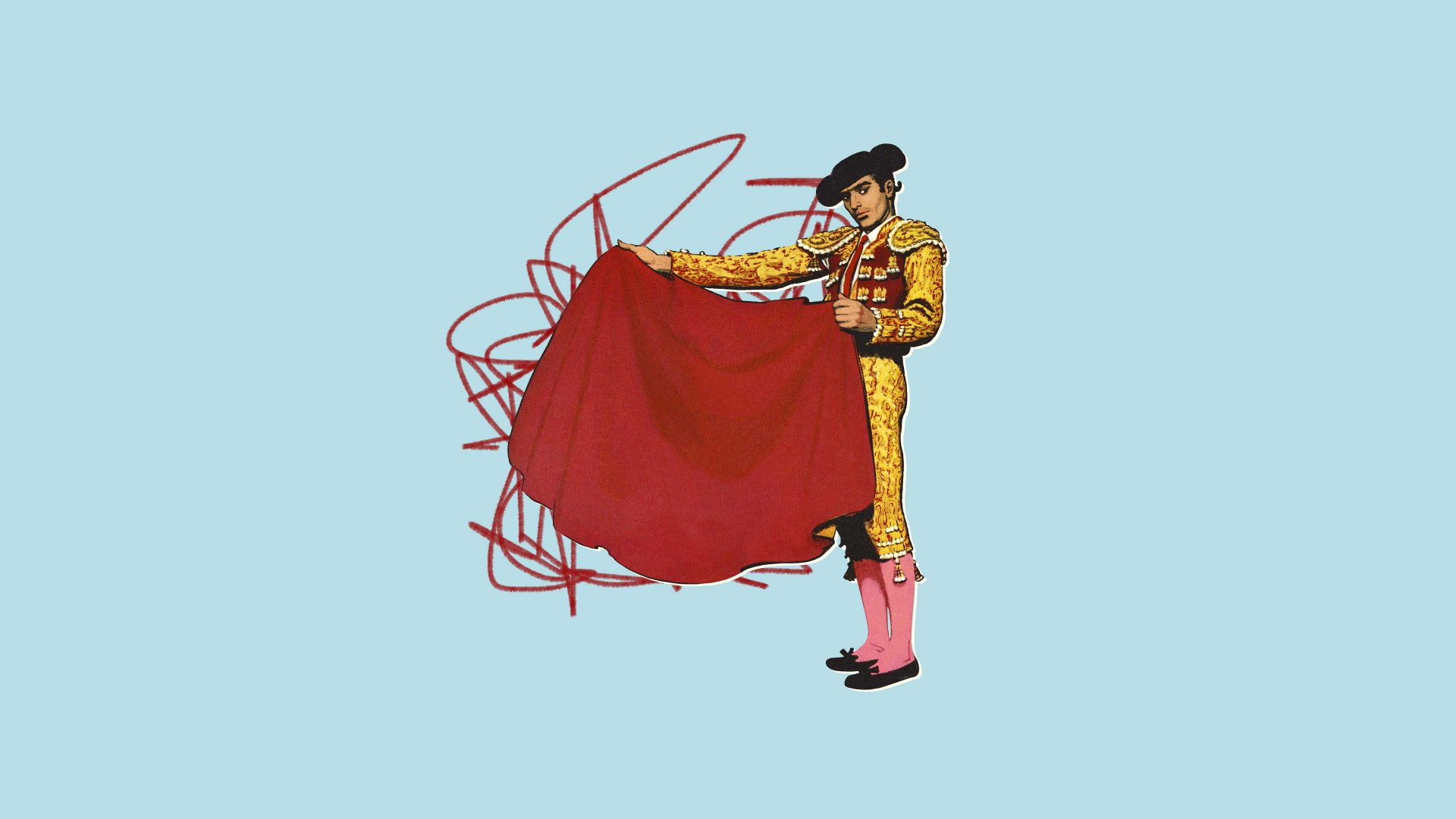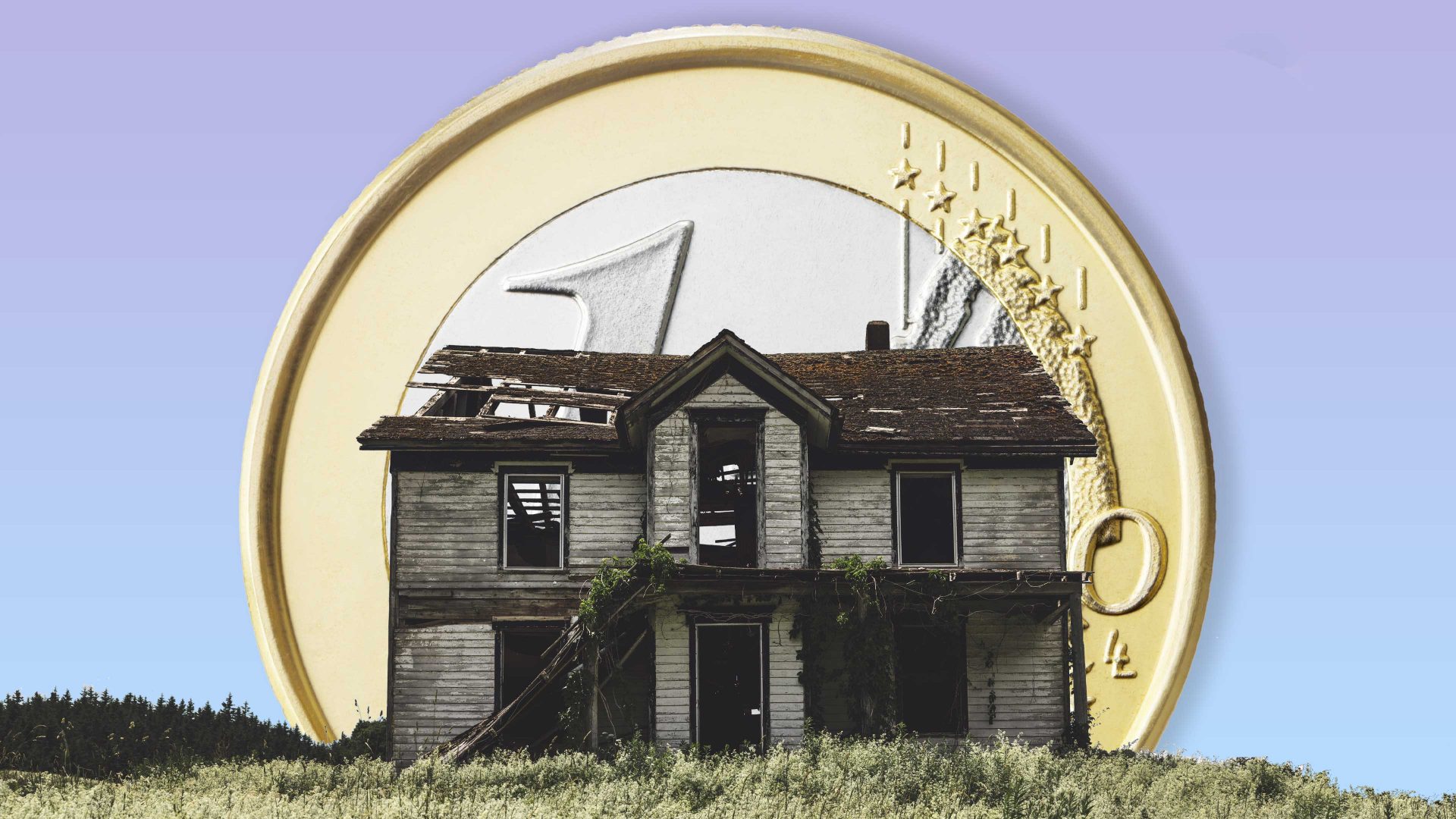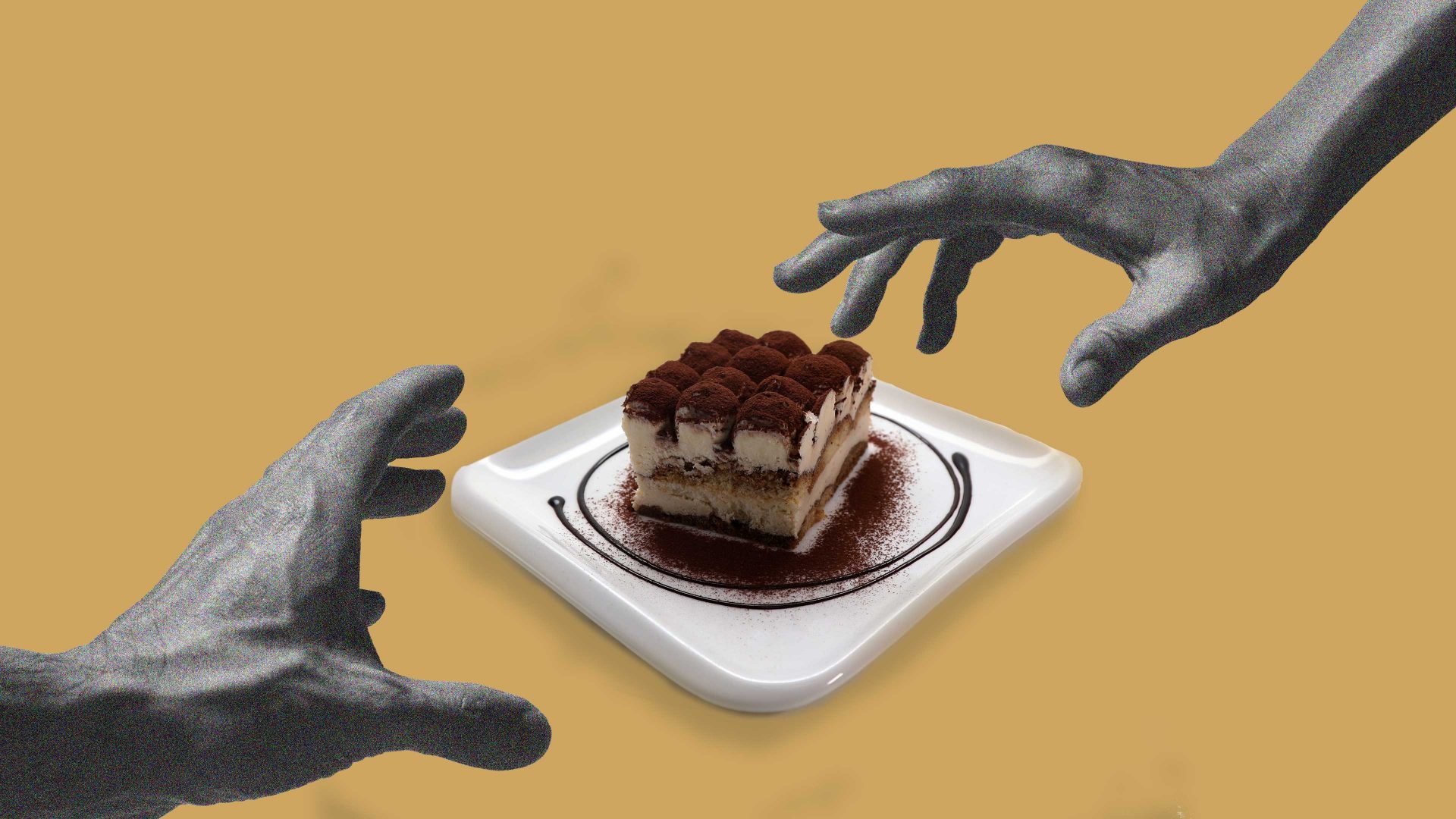On the streets of Valencia recently, posters advertising a bullfight were peppered around the city centre. They were a classic design: black typeface, red matador’s cape, snarling bull – an image you might find on a fridge magnet or Airbnb apartment print. But there was something slightly off about these posters. The reference to the President of the Valencian Community, Carlos Mazón, for one thing. Also, the price of entry was given in pesetas rather than euros. The message? Bullfighting (and this government) are relics of a bygone Spain.
In regional elections in May, the centre-right Partido Popular, led by Mazón, entered into coalition with Vox, the far-right party and named ex-bullfighter Vicente Barrera as its Minister for Culture. He soon pledged to end the “marginalisation” of what he claims is an art form. But Barrera is more than just a bullfighter. He is also a Franco apologist who states on social media that he is “proud to be the grandson of those who gave their blood and won the war”, and approvingly reposts articles suggesting that Spain’s “right-wing politicians have to be cured of the anti-Franco complex.”
Political nostalgia aside, today’s bullfighting landscape is also very different to that of Barrera’s heyday. According to figures from Spain’s Ministry of Culture, professional matadores have increased by over 20% in the last decade, but only 1.9% of Spaniards attended a bullfighting event in 2022. No longer carrying the cultural caché it once had, bullfighting is now a niche pursuit and signifier of political allegiance – Barrera’s appointment sent a message beyond bulls.
Entering the bullring for the closing weekend of the season, stalls sell Spanish flags and bracelets. There are fresh-faced teenagers struggling to light cigars far too big for them, and the floppy haired, white-shirt wearing middle-class cayetanos, grizzled bullfighting aficionados, families, children clutching signed photos of matadors. Like the posters suggested, if it weren’t for the group selfies and glare of mobile phones you might have been in a different decade.
Upstairs, on the outer ring of the arena, the smell of hay and manure wafts up from the holding pens. The bulls sleep peacefully, not knowing what awaits. A matador pokes his head out of a window as he pulls on his braces and combs his hair. On a nearby balcony, two more watch over the bulls.
In the cheap seats, the ring is cast in two-tone: half shade, half bathed in sunlight. The wooden benches creak and moan – they are not full. Locals wait, smoking, spitting sunflower seeds, and the sand is perfectly smooth, the crowd rippling with hand fans. Eventually the horns begin. The bull is first warmed up by runners who jump behind barriers whenever things get dangerous, and men on horses take turns stabbing with long lances. Two court-jester type characters taunt the bull before plunging spikes into the back of its neck. They, too, scarper away over the safety of the fence.
By now the bull is bloodied and exhausted. Even from the rafters the rising and falling underbelly of its panicked breathing is visible. The crowd grows restless. “This bull is shit, where did they find it?” someone complains. Then comes the main matador, in his pink socks, golden-meshed jacket twinkling in the sun. He begins with sweeping twirls of the cape, turning and side-stepping away as the bull lunges forward and sends long strings of sand flying into the air.
The matador turns, throws back his head, and struts away with cocksure machismo. The crowd roars. He wipes his face, takes a drink, and produces a long silver sword. The bull waits, smears of blood glistening on its back, and silence falls over the ring. Phones are taken out, chatty children are shushed and warned not to miss the big moment. The matador stands feet from the bull, close enough to touch, and stabs down into the top of the spine. He misses (“he’s nervous,” someone whispers) but after working the bull into position again, he hits his mark. There is an explosion of applause and whistles and cheers.
The bull stumbles around for a moment, bleeding from the mouth, and collapses. Someone finishes it off with a shorter blade, the body going stiff. There are more cheers, more whistles. Children are lifted onto shoulders for a better view. As the matador makes his way to the centre of the ring and raises his blood soaked fingers in the air, the bull is dragged away by horses, a bloody dark streak pulled across the sand.
This happens six times in a bullfight. Six bulls are slaughtered in this way. It takes several men to kill each bull, and they have protective barriers. Each lasts around half an hour. It’s a slow, cruel way to die. Valencia’s Minister of Culture calls this an art form. It is not.



